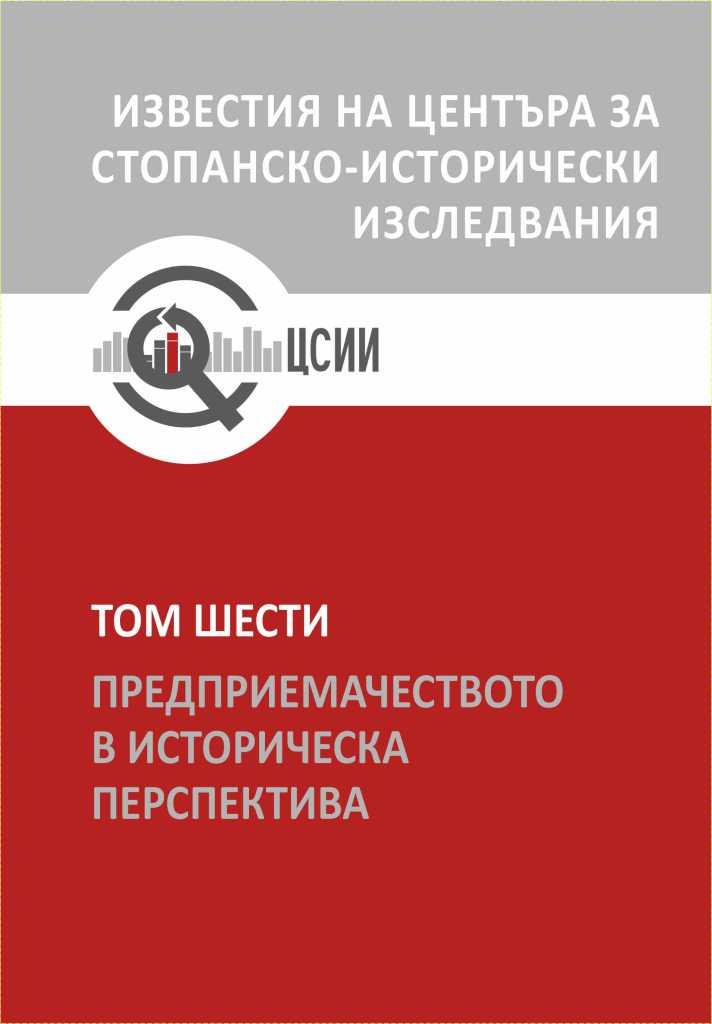Йерархичната структура на патронажа (клиентелизма) в българското общество през ХІХ и ХХ в.
The Hierarchical Structure of Patronage (Clientelism) in the Bulgarian Society in the 19th and 20th Centuries
Author(s): Rumen AndreevSubject(s): History, Economy, National Economy, Economic history, History of ideas, Social history, Recent History (1900 till today), 19th Century, Marketing / Advertising, Business Ethics
Published by: Център за стопанско-исторически изследвания
Keywords: hierarchies; patronage; clientelism; crony capitalism; debt
Summary/Abstract: There are hidden but well-known to the public hierarchies that are more stable than the official ones, namely the clientelism / patronage. The aim of the report is to analyze the patronage in the Bulgarian society in the 19th and 20th centuries. This is one of the most stable social structures the patronage / clientelism, which is reorganized under the various political and economic systems. It means non-reciprocal debt, owing not only money and services, but also honor and dignity. This form of dependence has existed since ancient times in every society. In the modern world, as in the past, patronage redistributes resources, which is done in hierarchies of clientelistic networks. Patronage is an individual and social way of surviving in uncertain times, it lacks dignity and unnecessary honor. The report does not examine who is the client and the patron, but the phenomenon, the existing relationship between them, so they are called by both names – patronage and clientele. These structures develop complex networks of non-reciprocal exchange of services and bad debts that are difficult to explore with standard scientific approaches. For the needs of the research a complex interdisciplinary approach from different fields of science is used - economics, anthropology, history, sociology, etc., as well as comparative and historical analysis. Although these hierarchical structures are characterized by many errors, in the modern information world they are still the most used.
Journal: Известия на Центъра за стопанско-исторически изследвания
- Issue Year: VI/2021
- Issue No: 1
- Page Range: 147-155
- Page Count: 9
- Language: Bulgarian

